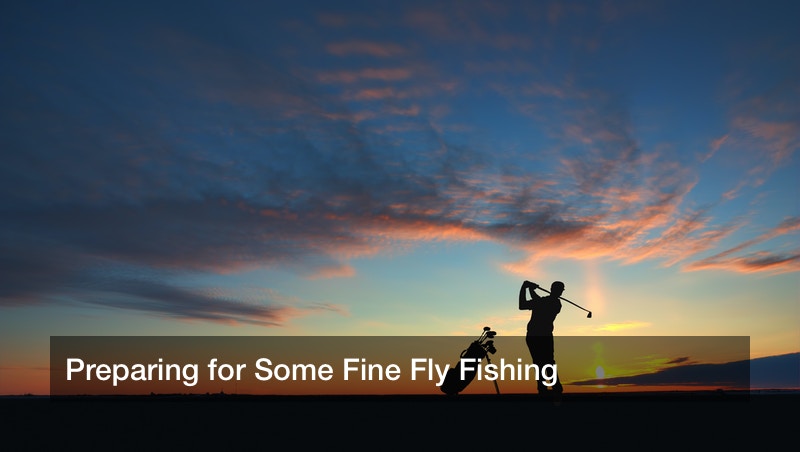
Fishing has long since been a source of sustenance for humanity around the globe, and fishing gear has long since predated the written word. Today, commercial fishing boats with crews and nets are responsible for feeding the world, while anglers may go fishing or fly fishing mainly as a sport. Going fishing can be more fun than it looks, and many studies show that being surrounded by nature is a great way to relax, recharge the mind, and feel refreshed. It is no accident that many people go fishing as a way to “get away from it all.” One popular way to fish is fly fishing, and this style of fishing calls for fly rods and fly reels, the right sorts of bait and line, and clothing. These fly reels and other gear can be bought at outdoor suppliers, and an interested angler can find whatever they need there (with the help of store associates, if need be).
Getting the Gear
An experienced fly fisher will have fly reels and line and the like, while someone who’s getting into this hobby will go shopping first. Fortunately, there are countless outdoor supply retailers across the United States for fishing, hunting, camping, rock climbing, and more. There, a customer may ask store associates for guidance, and find fly reels, fly fishing outfits, rods and bait, and anything else that they need. Prices vary, but a customer may pick and choose from different fly reels and other gear to find something in their price range.
Aside from a fly fishing pole and reels (and the line), a fly fisher will also need artificial bait, clothing, a tackle box, and various other gear. It may be noted that fly fishers will stand in the water, rather than sit or stand on a pier or on a boat like with regular fishing. A fly fisher may stand knee deep to waist deep in a creek or stream, and to avoid getting soaked, the fly fisher will wear tall boots. These will be rubber, waterproof boots that will keep the fisher dry and warm, and they may go up to the waist or even form overalls of sorts. Not only that, but a fly fisher may opt to wear a wide-brimmed hat to keep the sun off their face and neck while fishing, and they can also wear sunglasses to protect their eyes from strong sunlight glaring off the surface of water. That fisher may complete their outfit with a vest lined with pockets, where they can store extra bait, their sunglasses, or anything else they need.
Going Fishing
Now it’s time to fish. Someone new to fly fishing may choose to accompany a more experienced angler, and learn from them. There are some key differences between fly fishing and “regular” fishing, and the exact technique may take some practice. A new angler may learn how to cast the rod and line, reel in a fish, and more. The main difference is that a fly fisher is casting the line itself, rather than casting a heavy lure. In regular fishing, a heavy lure will draw out the line with its weight so it can land in the water at the desired spot. Fly fishing bait is too light for that, so the angler is casting the line directly, and doing that correctly may take some practice. Why do it that way? With a light line, small lure, and this casting method, a fly fisher may insert bait into the water without making a splash and startling any nearby fish. It’s a much more discreet and gentle method. The bait itself may be small and have tiny feathers on it to help mimic an insect, though the angler can also use live bait such as crickets.
A fly fisher should also double check all wildlife conservation regulations in the area. Most often, fishing limits describe a minimum size for fish that are caught, and a maximum number of fish per species that may be kept. All this is to help protect local breeding populations and keep a species’ numbers up, so future anglers can visit, too. And there’s also the option to practice “catch and release” fly fishing.

